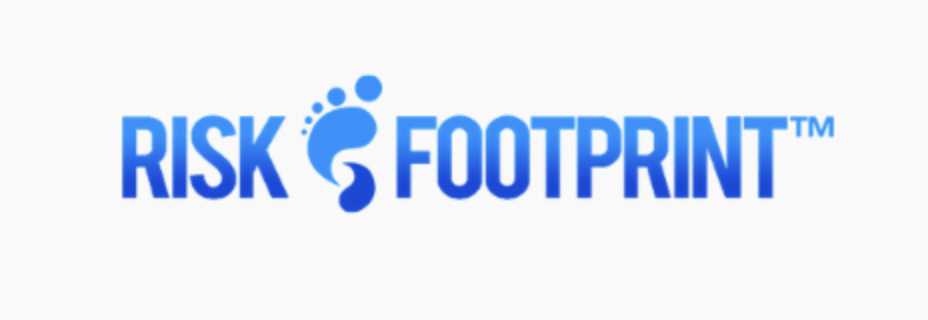How Hazard Assessment Technology Is Helping CRE Companies Stay A Step Ahead Of Disaster

Natural hazards like storms, floods and other extreme weather events are increasing in frequency and intensity, impacting business operations and increasing financial risks. There have been nine climate-related disasters in the U.S. this year, well above the 40-year average of 7.7 annual disasters, according to the National Centers for Environmental Information.
As climate events continue to put pressure on many economic sectors, commercial real estate owners, operators, developers and investors recognize there is a need for enhanced climate resiliency in current and future real estate assets.
Bisnow spoke with Albert J. Slap, president and co-founder of Coastal Risk Consulting and creator of online risk management tool RiskFootprint, to learn more about the evolving landscape of CRE due diligence and climate impact disclosures.
Bisnow: What is RiskFootprint and how is it helping existing and future CRE assets become more resilient to climate impacts?
Slap: RiskFootprint is a hazard assessment technology company that provides physical climate risk assessments and resilience-enhancing advisory solutions for CRE owners, operators, investors, developers, government agencies, and insurance and mortgage underwriters.
Bisnow: How is RiskFootprint different from other climate assessment solutions?
Slap: There have been Software-as-a-Service tools for quite some time to help companies measure and track their carbon emissions. Assessing the impacts of natural hazards and climate change on a company’s assets, however, requires a whole new paradigm, and this new paradigm is coming soon.
RiskFootprint is a new type of hazard assessment technology and consulting firm; we help our clients make existing and planned buildings safer and more resilient. We blend SaaS technology and advisory services to help CRE companies with portfolio risk management, new acquisition due diligence and reporting physical climate risks to regulatory and quasi-regulatory agencies.
Bisnow: What’s causing the shift from traditional property transfer due diligence methods to SaaS hazard assessment tools? Why is the landscape changing so rapidly?
Slap: There has been a growing realization that commercial property transfer due diligence is stuck in the past and has not evolved along with the rapid changes in, and availability of, SaaS online tools that provide instant assessment of risks.
Historically, there have been four reports that are essential pillars for every CRE property transfer: the appraisal, the Phase 1 Environmental Site Assessment, the Property Condition Assessment and the Title Report. No CRE deal is complete without conducting these four reports. None of these reports, however, make use of or reveal risk assessments for floods, natural hazards, extreme weather and climate change impacts.
The U.S. Securities and Exchange Commission has proposed a rule that requires public companies to disclose what their assets are doing to the planet and what the planet is doing to their assets. The ASTM International standard setting body is working on a new CRE due diligence process called the Property Resilience Assessment.
If these two initiatives are adopted, they will fundamentally change CRE due diligence for the better. Adding holistic, hazard assessment reports like RiskFootprint to the ESA or PCA will become mandatory.
Bisnow: Are there other gaps in the data that will need to be filled to enable better CRE due diligence decision-making?
Slap: When we start to look into the future at climate-induced changes in sea level, extreme rainfall, heat and drought, for example, we have to consider the uncertainties of the predictions. Also, we have to realize that our focus on a particular building or property may have to be broadened to encompass the surrounding community, state or region.
For example, the western U.S. is in the midst of a decades-long drought. In advance of CRE property purchase, an owner, operator or investor should look at the capacity of regional water supplies and the electric grid to deal with such conditions. Currently, there are no databases that can determine if a particular community is or will be a safe and resilient place to invest. Community resilience scoring will be needed to round out due diligence best practices.
Bisnow: Do you have a use case that you can share with our readers on how you help your clients?
Slap: Our clients include REITs, owners and operators of commercial, industrial, multifamily properties, hotels, resorts and government offices. Typically, they ask us to risk assess their entire portfolio of properties. By doing a portfolio risk analysis, we can quickly identify their highest-risk assets. For these assets, we help answer questions regarding whether the company should sell or keep an asset, how much capital to budget for improving building resilience and how to report risks to the SEC and other agencies.
In one case, a REIT bought a greenfield site for development of a multifamily rental apartment complex. Like many buyers, they purchased the site with the seller’s approved land development plan. The REIT deal managers expressed some concern over the flooding potential at the site. RiskFootprint modeled flooding on the property in its raw land condition and using the seller’s site development and grading plan — a “before and after” risk assessment.
It turned out that under the proposed development plan, the first-floor apartments would be subject to a 500-year flood event, but not the FEMA 100-year flood event. The client decided to raise the height of the first-floor apartments to be above the 500-year flood height in order to make them safer and more resilient. RiskFootprint modeling then was used to set the new, finished-floor heights.
For further information about RiskFootprint, please go to www.riskfootprint.com or contact the company at customerservice@riskfootprint.com.
This article was produced in collaboration between Studio B and Coastal Risk Consulting. Bisnow news staff was not involved in the production of this content.
Studio B is Bisnow’s in-house content and design studio. To learn more about how Studio B can help your team, reach out to studio@bisnow.com.

